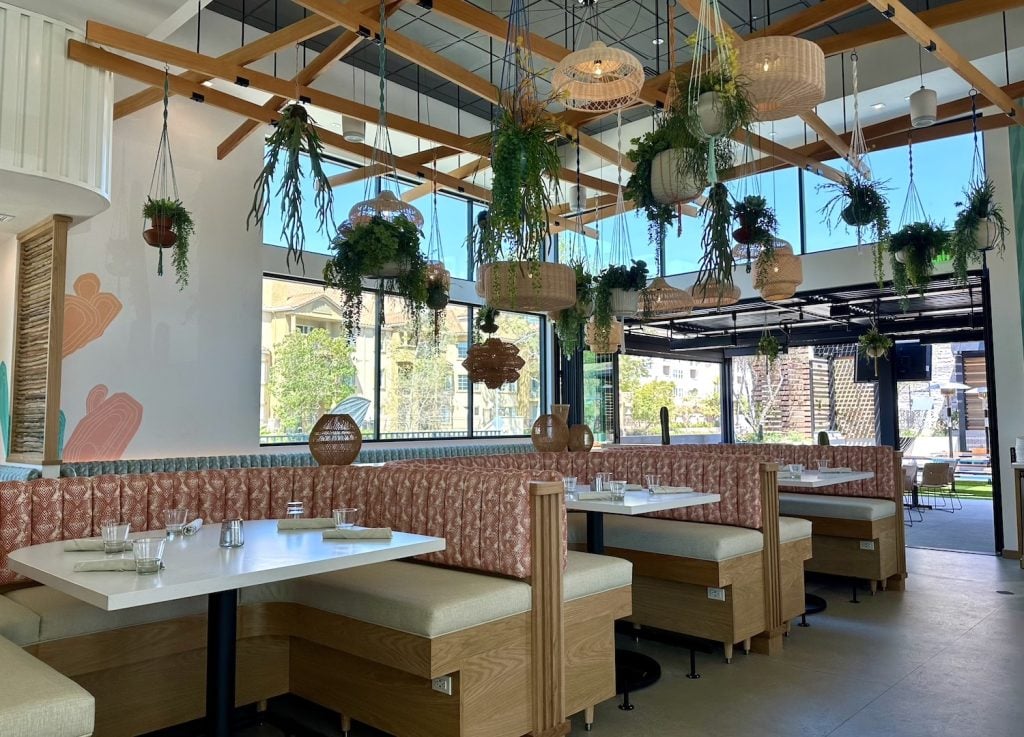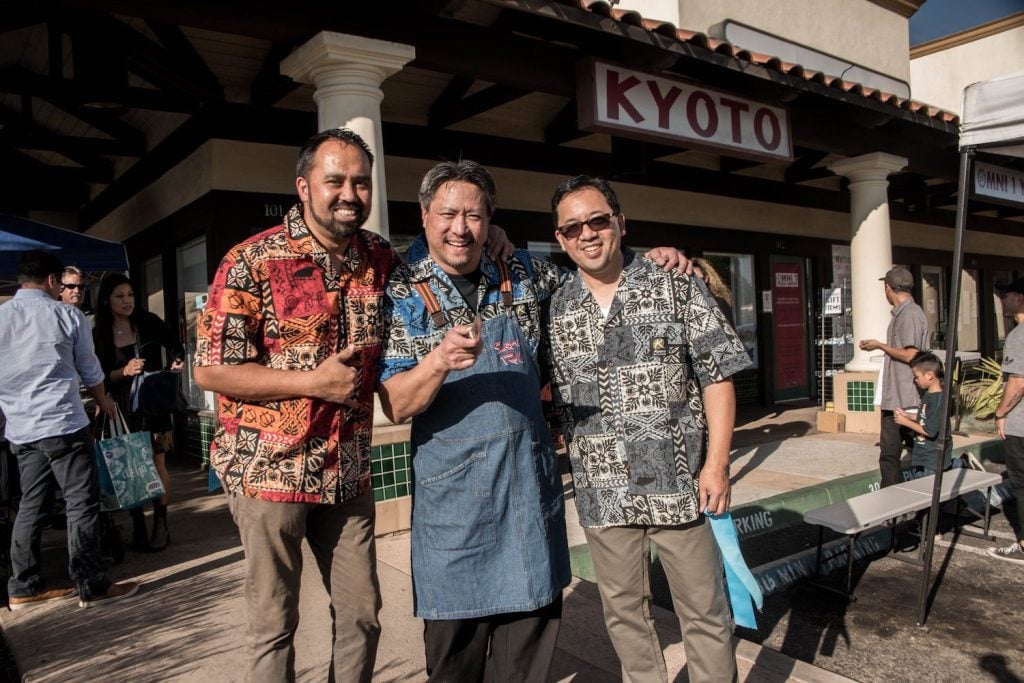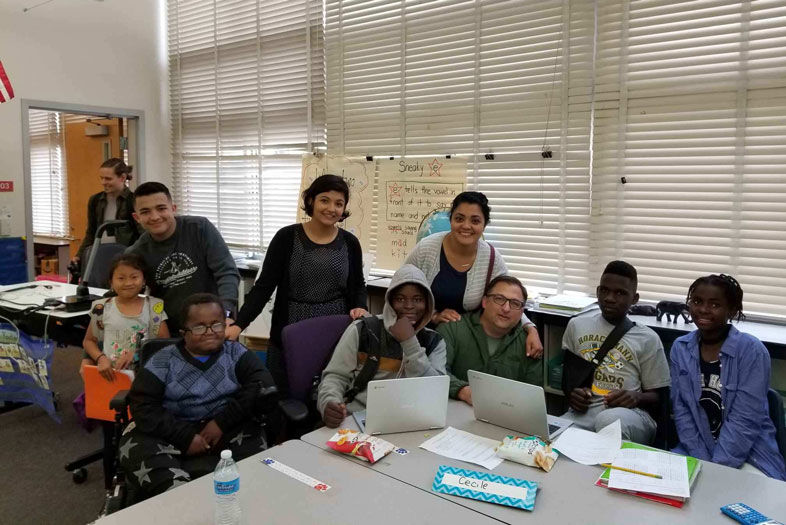Tim Lawrence, 45, Lemon Grove
Volunteer Tutor, San Diego Refugee Tutoring
Since 2008, San Diego Refugee Tutoring has been providing one-on-one tutoring and academic support to refugee students at Ibarra Elementary School in eastern City Heights in an effort to bridge educational and cultural gaps.
TRAINING REQUIRED: A two-hour orientation, with updated training throughout the service period
TIME COMMITMENT: At least one of the two 1.5-hour sessions every week (5–6:30 p.m. Tuesday and Thursday)
WHY SAN DIEGO REFUGEE TUTORING: During her freshman year, my daughter heard about SDRT from a high school teacher. We went to check it out, and since then we haven’t been able to not go. We’re filling the gaps where the schools aren’t able to meet the needs of these individuals. My wife, my 15-year-old son, my daughter (who is now 18), and I have a family we’ve served for the last five years. It’s been a mainstay every Tuesday—we go once a week as a family, and in most cases I also show up on Thursdays. I spent 12 years working with the homeless at St. Vincent de Paul downtown. I’ve also been a teacher.
MY WORST DAY: There was a middle school student whose family was adjusting with how to live in the US, with Section 8 housing. All of the sudden I look up and see him storming out of the room, leaving tutoring, and wanting to go home—angry about being unable to comprehend, colliding with the language, not feeling like he fit in. I saw someone going through this right in front of me and not having control over his own frustration. He was really struggling.
MY BEST DAY: When I started to see that same student come back. Rather than just doing his homework and leaving, he started to see SDRT as a safe place. He’s able to ask us any question or deal with any subject in school, as well as the complicated subjects of family life, junior high, and being a teen in the US.
THE ADDED BONUS: I tutor because I get to learn other languages—or pretend I’m learning them, because I don’t retain much. The kids think that’s pretty funny, that I can’t learn their language and they’re learning mine. Sometimes when the kids are talking, I turn on Google Translate and look up words and try to interject. Sometimes Google Translate isn’t quite correct, because they don’t have all dialects, but the kids like that I’m trying. Why wouldn’t I try, if they have to try? It breaks down barriers. They’re faced with all this stuff, but usually unless we [Americans] are forced to, we don’t learn new things. It’s the least I can do to let them know that I know they struggle.
WHO SHOULD VOLUNTEER HERE: Anyone who’s willing to commit and be patient. We’re always looking for consistent volunteers. Sometimes it’s seasonal—a sorority or company or organization is looking to do X number of hours. But the number of people who serve consistently is a lower percentage. It’s a hard commitment. You see what it’s like to be a refugee in San Diego and you gain an appreciation for a world you never see—City Heights doesn’t have a lot of main attractions. Of course it’s great if individuals speak Swahili or Arabic or Hindi… that would make kids feel more comfortable, but ultimately they are immersed in English when they’re here because that’s what’s lacking at home. And we’re always looking for people who are really good in math, especially advanced levels for the older kids. Any adults with a good educational background are great, because the kids are doing stuff even I don’t know how to do.
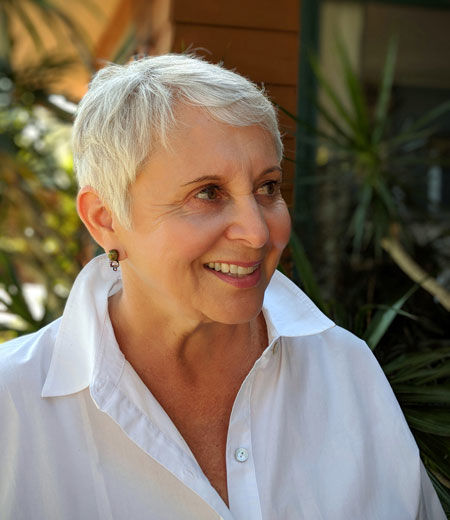
The Volunteer Diaries
Elizabeth Rice Maget, 64, La Jolla
Crisis Interventionist, San Diego Police Department Crisis Intervention Team
Formed in 1988, the San Diego Police Crisis Intervention Team organizes civilian volunteers to provide immediate on-scene emotional and logistical support to people affected by a crime, death, or other tragedy.
TRAINING REQUIRED: All volunteer applicants must provide references and undergo a personal interview as well as an FBI background check. The academy training is approximately 100 hours and involves classroom training and testing, a ride-along with the fire department/paramedics and with a police officer, a four-hour training session in the 911 Operations Center, and a full day of field service training. We also receive ongoing training at monthly meetings.
TIME COMMITMENT: A minimum of 20 hours per month, plus monthly meetings. I work a weekly six-hour shift and, in an emergency, I respond when extra help is needed. We are expected to commit to a one-year minimum “on the job.” I’ve been involved since 2015.
WHY CRISIS INTERVENTION: What appealed to me was the opportunity to work directly with people who are in need of emotional and logistical support at the beginning of a personal tragedy. If I can help them not feel alone or overwhelmed and provide resources and guidance, then I’ve made a difference in my community. The calls most often involve the sudden, unexpected death of a loved one, often from natural causes but also from suicides and accidents. Other types of calls include homicide, drowning, or domestic abuse. You never know what you will be walking into. We were taught that “no two calls are alike.”
MY BEST DAY: I have two! Graduation Day from the Academy—it’s a little intimidating, at 61, when you’re getting ready to have the chief of police shake your hand and thank you before you’ve done anything. My other best day: Once I was called at 6 a.m. to a family home where the teenager ran away during the night with cash and a family car. The teen had been under stress in school and with the family. The police were investigating and didn’t want to add to the parents’ distress, so I was called to assist the family, and the mother in particular. After seven hours, word came from an officer that the teen had been located, with her car, in another state, and was fine and ready to come home. I got to leave the scene with hugs and smiles all around.
MY WORST DAY: It involved an industrial accident that was fatal. I joined four other volunteers to go to the company’s scheduling hall. We were assigned to meet with management and to be available to coworkers who knew the deceased and were learning about the tragedy, including the spouse of the deceased. The work at this company was physically grueling and intensive, and the workers were second- and third-generation workers. This group was solid, close-lipped, and not likely to let down their guard in front of coworkers. It took time to break down barriers and often we sat in “shared silence.” Eventually, after sighs and quiet tears they began to ask us questions, and began talking about their loss and feelings of disbelief. We stayed with them for as long as we were allowed. We left unsure whether we’d helped, as is often the case. We also gained knowledge and understanding about the contributions of these workers to our community. We listened to how they view life, their work, and how proud they are to be carrying on where their fathers and grandfathers left off. We benefited, perhaps more than we gave.
WHO SHOULD VOLUNTEER HERE: If you care about how people are treated when experiencing a personal tragedy, you may find satisfaction from this work. If you have empathy and let each interaction stand on its own, without weighing you down emotionally, that is important. It’s also important to use the training and resources we’re provided, and when at the scene, to take your cues from the officer who called you in. It is critical that you have no agenda besides assisting others, one human being to another.
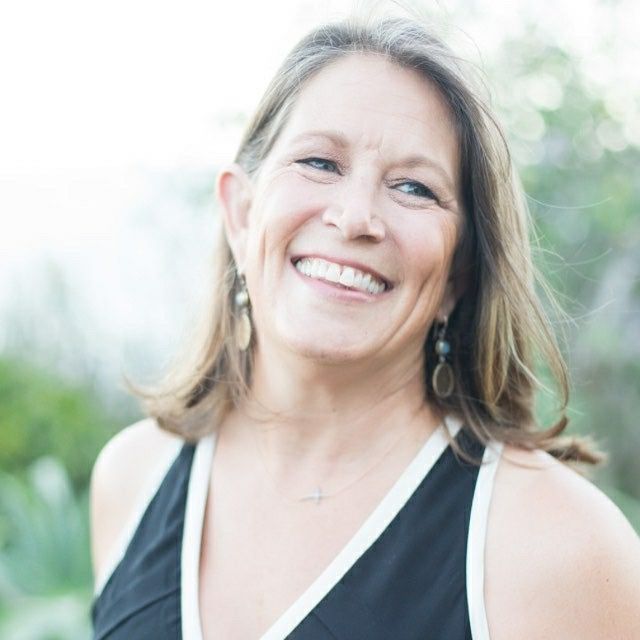
The Volunteer Diaries
Nancy Kane, 56, 4S Ranch/Del Sur Area
Team Leader Volunteer and Ambassador, Feeding San Diego
Feeding San Diego, established in 2007, is a hunger relief organization focused on healthy food, education, and advocacy, offering food and resources to a network of partners that serve children, families, and seniors each week.
TRAINING REQUIRED: I completed the formal team leader training a few years back and now help to train other team leaders, who range from young adults to retirees.
TIME COMMITMENT: At least eight to 10 hours a week. I have logged in over 700 hours.
WHY FEEDING SAN DIEGO: I was looking for an outlet to bring food donations to and happened upon FSD. I signed up for a volunteer shift in 2012. On the tour, I heard that one in four children in San Diego County faced hunger. [It fell to one in six by 2017.] That shocked me! I plan on staying until the statistic changes to no children—or families, or seniors, or military, or college students…
MY BEST DAY: It’s usually when I’m interacting with volunteers, either in the warehouse or out in the community. I love the passion that comes from people who align with my desire to change hunger in this community.
MY FAVORITE STORY: I helped set up a school pantry at an elementary school in the City Heights area. It was wonderful to see the families pick up their food while picking up their students. Many of the families knew each other. It had a farmers’ market feel that allowed for food choices, and there was plenty of food to go around. That school pantry still exists today.
WHO SHOULD VOLUNTEER HERE: Anyone would love this work! Most opportunities are in the warehouse, packing food. It’s a fun environment, because the team and staff are passionate and helpful. Come join me!

The Volunteer Diaries
San Diego Refugee Tutoring
